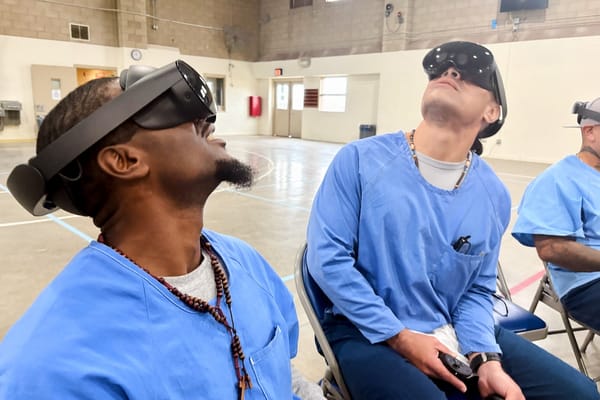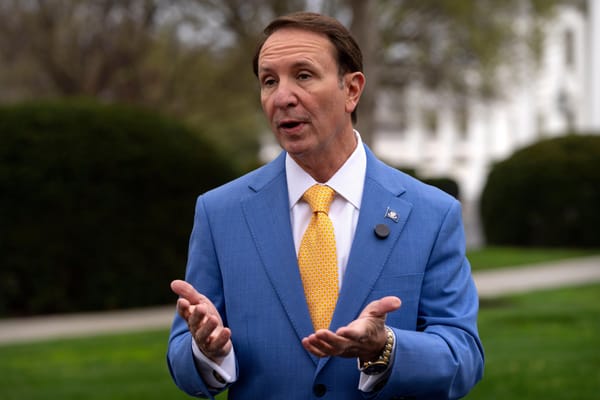A Mix of Resources and Technologies Are Needed to Close the Homework Gap
June 26, 2020 — Maintaining learning initiatives as the COVID-19 pandemic forced a hasty transition to virtual education was a challenging adjustment for schools, teachers, and students across the country. Even schools that were considered relatively well-connected, with a device to student ratio of
Jericho Casper

June 26, 2020 — Maintaining learning initiatives as the COVID-19 pandemic forced a hasty transition to virtual education was a challenging adjustment for schools, teachers, and students across the country.
Even schools that were considered relatively well-connected, with a device to student ratio of one-to-one, had to strategize about how to keep kids who lacked home broadband access connected.
The task was even harder for communities where sufficient education technology resources have historically not been available.
Panelists at a Thursday webinar hosted by New America discussed the steps different entities can take to connect all students to online learning resources, noting that action is required from the state, municipalities and the private sector.
Congress and the Federal Communications Commission play an important role in increasing the accessibility of funding for broadband and devices for students at home.
Commissioner Jessica Rosenworcel, who has been fighting to close the digital divide for years, joined the webinar to discuss possible federal efforts to address the homework gap.
In March, New America called for the agency to increase the flexibility of the application of E-rate funding.
Schools and libraries have depended on the FCC’s E-rate Program since 1996 to help eligible areas obtain affordable telecommunications and internet access.
While the program has been effective in keeping schools and libraries connected, its efforts became seemingly useless when students were sent home.
While Rosenworcel noted that she is only one of five commissioners, she pledged to use her influence to fight for increasing the flexibility of the E-rate program, making funding more available for devices and internet services to help connect students at home.
“Let’s figure out how to use the tools on the books to help schools,” said Rosenworcel. “It’s essential that we take this program and make it meet this moment.”
In the fight to connect underserved areas, she added, “every option needs to be on the table.”
Other panelists championed ideas of continued learning, technology and universal access
The panelists championed the idea that the continuity of learning requires technology and that any available connectivity option should not be turned away in the pursuit toward universal access.
While expanding the E-rate program is an essential step to expanding internet access, there are further steps that can be taken at the municipal or school district level.
Some school districts have been extremely creative in their approach to closing the homework gap affecting their communities.
David Fringer, chief technology officer of the Council Bluffs school district, detailed the steps his community has been taking to connect low income students for the past eight years by pioneering the use of community broadband networks.
In 2012, the Nebraska school district, which receives an E-rate discount of 90 percent, set off on the pursuit of achieving a one-to-one student to device ratio.
“Every student needs a device — depending on their interests, they may need different devices,” said Fringer.
The school quickly realized that while providing every student with a device is a crucial step in closing the digital divide, the devices have no use if students lack internet service at home, and the homework gap persists.
With that, the school district sprang into action working on the BLink Initiative, an initiative to offer free public Wi-Fi in high poverty areas across the city.
The city utilizes a mix of non-profit, federal and private funding to secure enough money to complete one phase of the project each year.
Each yearly phase builds an additional square mile of the Wi-Fi network. The city is now six phases in.
Fringer said that recent changes to the E-rate program have been fantastic, noting that changes to Category 2 requirements have allowed the district to build robust networks inside of their schools.
Panelists championed the idea that continuing to alter the E-rate program to fit people’s pressing needs may be the answer to closing the homework gap.
At any rate, “we have to find a way to get everyone connected,” said Rosenworcel.











Member discussion